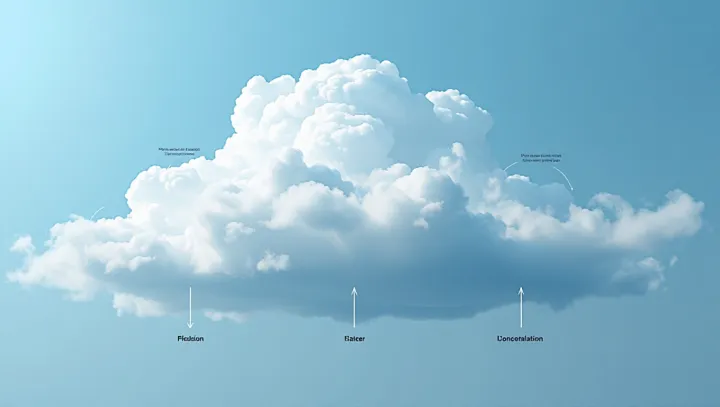The Science Behind Cloud Formation

In a world where weather patterns impact daily life, understanding what causes the formation of clouds is paramount. In the bustling scientific community of Geneva, researchers delve into the complex dynamics of cloud creation, unraveling the mysteries behind these floating white masses. Clouds form when water vapor in the air rises and cools, condensing into tiny water droplets or ice crystals.
This process is influenced by various atmospheric conditions, including temperature, air pressure, and humidity levels. Retaining a delicate balance between these factors is crucial for cloud development. Experts emphasize the significance of these natural phenomena, not only for weather forecasting but also for comprehending climate change.
Dr. Emily Roth, a noted climatologist, points out that 'cloud patterns are critical indicators of environmental shifts.' As part of a global effort to predict and better understand weather transformations, cloud formation analysis continues to be a focal point of study. The findings aim to enhance our understanding of natural events and improve the accuracy of meteorological predictions.
